The beefsteak tomato or beef tomato is one of the largest size tomatoes cultivated of their kind.
Scientifically known as Solanum Lycopersicum, beefsteak tomatoes belong to the Solanaceae family of annual and perennial flowering plants.
Due to the variety of the species, beef tomato growing practices differ from the others, where the hardiness conditions, humidity, and temperature play a role.
These plants have a slow-growing as it takes up to 12 weeks before delivering a chubby, juicy, colorful fruit.
Most beefsteak tomato home gardeners start growing their tomatoes indoors to prolong their produce.
Beefsteak tomato plants are suitable for planting in the garden provided there is enough space between plants to develop successfully.
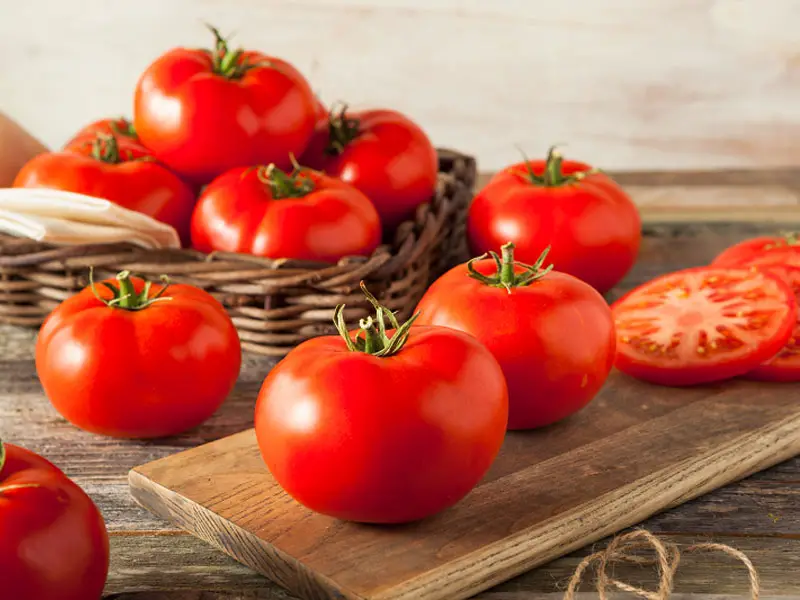
| Scientific Name | Solanum Lycopersicum |
| Common Names | Beefsteak tomato, Beef tomato |
| Hardiness | Frost-tender |
| Indoor or Outdoor Plant? | Indoor or Outdoor |
| Sun Exposure | Full and direct sunlight |
| Water | 1 to 2 inches of water per week. |
| Size | It reaches a high of 6 feet plus (+2m) when fully matured |
| Soil Type | Well-drained soil. |
| Soil pH | Neutral pH to slightly acidic. The ideal soil pH should be from 6 to 6.8. |
| Flower | Yellow |
| Growing Difficulty Level | Fairly easy and low-growing |
Beefsteak Tomato Plant Appearance and Characteristics
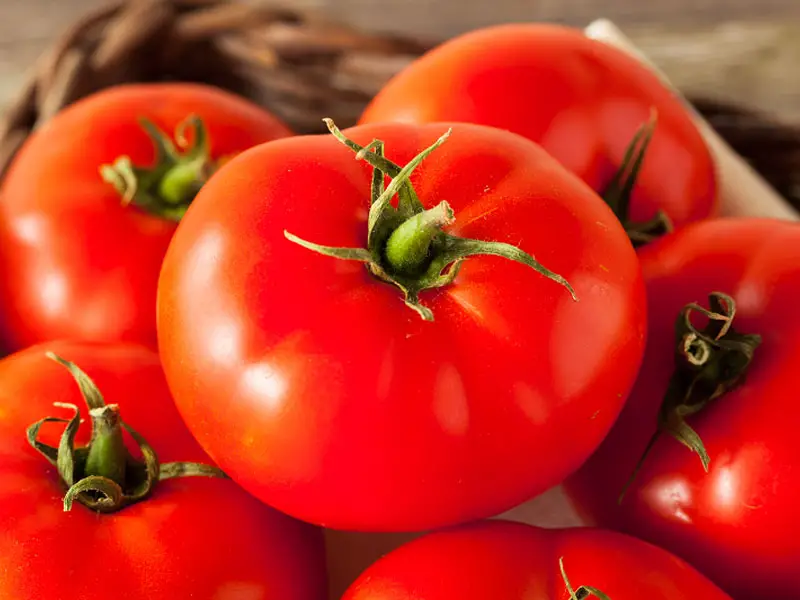
Beefsteak tomatoes are enormous, globe-like shaped, and are approximately 200 grams in weight. Their dimension can be compared to the size of an adult hand.
This fruit is initially yellowish-green before maturity and red in full ripeness. Its skin is smooth to the touch.
Different divisions or compartments separate the flesh from the several small seeds inside each fruit, hence their bulky shape.
Beef tomato is a vine, low-growing plant that produces yellow flowers. When it reaches full maturity, it is about 2 to 4 feet tall.
Beefsteak tomatoes only thrive in warm, nutrient-rich, and well-drained soil.
The beefsteak seeds are small, round, and about 2mm wide. They are a yellowish color and come from inside the fruit.
Beefsteak Tomato Growing Guide
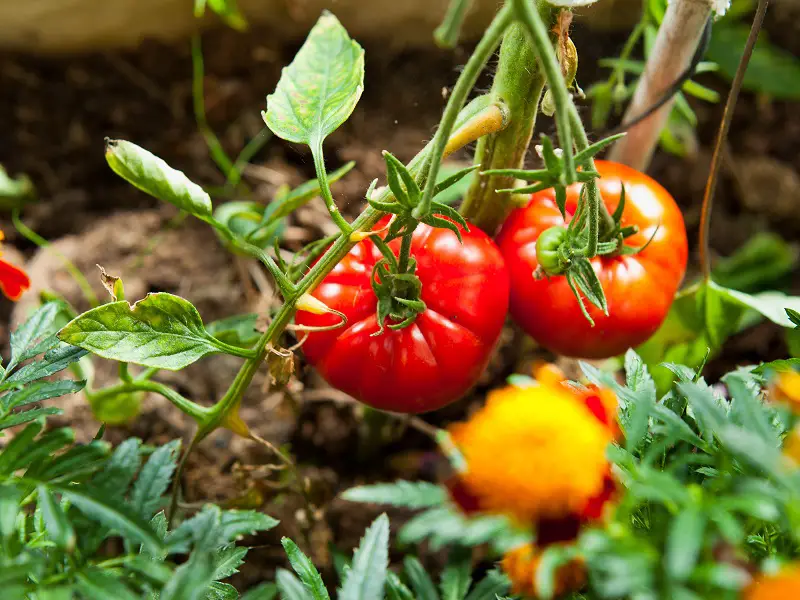
Growing beefsteak tomatoes is pretty simple, and it won’t demand special attention like any other tomato, but it will test your patience as it takes up to 85 days before you can harvest a perfect crop.
Well-prepared soil, sufficient light, and the right temperature are the only additional ingredients you will need to guarantee the quality of your fruit.
The best way when growing tomatoes is to start with fresh, quality seeds.
The ideal moment to grow beefsteak tomatoes is late spring, when the temperature starts rising but still not too intense.
Initially, sow the seeds indoors for up to 6 weeks before taking them outside (generally in spring, two weeks after the last frost).
The roots of the new plants are very weak and require care before taking them out to their final location; that is why spring is the ideal time for growing them.
Not too cold but not too hot.
Consider planting the beefsteak tomatoes well distanced from each other as this reduces the risk of transmission of diseases.
These plants are some of the very few crops that don’t need rotation and can be planted in the same place consecutively.
Water
Providing good levels of moisture is essential for the development of the beefsteak tomato flowers and their fruit.
Water the beefsteak tomato plants once or twice per week in hot weather, especially when they begin to give fruits.
These plants require between 1 to 2 inches of water per week so adjust the amount of water your plant is receiving if there isn’t enough rainfall.
Beefsteak tomatoes thrive in well-drained soil, but they demand regular moisture, so it’s important to avoid letting them dry out.
Overwatering the beef tomato plants causes the earth to become compact; the surface roots will rot while the deep ones won’t get any water.
The plants will also stop developing, and their leaves will turn yellow and wilt.
Light
The beefsteak tomato plant benefits from direct, full sunlight.
They require a minimum of 8 hours per day of constant sunlight.
Although they can tolerate partial shade, the production of flowers and especially fruit will be greatly affected.
Soil
Beefsteak tomato plants demand a well-drained soil with a high content of nutrients to produce large fruits.
The ideal soil to grow beefsteak tomatoes is a neutral or slightly acidic pH of about 6.2 to 6.8. Arrange for neutralizers if necessary to keep the soil well balanced and guarantee the absorption of nutrients.
Adding mulch to the compost and fertilizer when sowing also helps absorb nutrients and keeps the moisture locked in the soil to enhance good plant development and quality fruit at harvest time.
Commonly, large tomatoes tend to blossom and rot, requiring an excellent top-up amount of calcium in the soil.
Temperature and Humidity
Beefsteak tomatoes thrive best at minimum temperatures of 15C (60F).
They are hot weather plants, so they don’t stand the cold very well.
A slight sign of frost will damage the plant If the weather forecast suggests a sudden drop in temperature, cover the plants with frost blankets.
Although beefsteak tomato plants are happy in warmer climates, they cannot tolerate scorching temperatures (anything above 40C).
The extreme heat can easily damage the plant and burn its fruits.
It is important to increase watering to twice a day on very hot days.
Potting and Re-potting
Beefsteak tomatoes can be planted initially in pots and indoors when the temperature and humidity conditions are not ideal for them outside.
Place the beefsteak tomato seeds 6 to 8 weeks before the first frost into a small, clean container.
After this period, when the seedlings are about 15cm (8 inches) tall, they will be ready to be transplanted.
To prolong the production of fruit, make a second planting two or three weeks later.
Care for the plant and transplant it to the final location after the last spring frost.
Propagating and Pruning
Propagating beefsteak tomato plants is fairly simple.
All you need is good quality seeds, good humidity conditions, and a good pH level in the soil, as explained previously.
- Once you have selected your seeds and the soil is prepared, sow the beefsteak tomato seeds in the container, digging a hole no deeper than 1 cm.
- Water the planting lightly and cover the container with a film to avoid evaporation and loss of humidity.
- Place the container where the seedlings get some sunlight. Make sure the soil in the container is always moist.
- After eight or 10 days, the first shoot will appear, and the seedlings should be placed in a bright location but protected from droughts. The new shoots will compete to grow stronger.
- Discard the one that seems weaker to avoid waste of precious nutrients needed for its full development. Do not allow the soil to dry out.
- After 6 or 8 weeks, when there is no threat of frost and the weather is warmer, start moving the container to the final destination in your garden or field. It is not necessary to transplant to the soil just yet but try to familiarize the plant with the new environment. At the end of the eight weeks, you can transplant.
- Before transplanting, make sure the soil is always tidy and free of weeds. Remove the plants from the container very carefully without damaging the roots.
- Dig a 10- to 12-inch deep hole for each plant.
- Water and cover the soil with sufficient mulch to discourage the growth of weeds.
Beefsteak tomato plants are considerably tall and require lots of space and training.
To improve air circulation and stimulate growth, place the plants five feet apart.
Tie them up to a trellis or stake for extra support for their heavy fruits.
According to the temperature, water the plants twice a day for approximately 20 mins.
Judge if your plant needs additional watering by checking its soil. If the leaves are dropping, it’s a sign that the plants require more watering.
Avoid water on the leaves as well as waterlogging.
Prune the plants regularly. Clear the branches that grow from the sides of the main stem when they are about half an inch long.
This weekly practice during the growing season guarantees that the plant develops no more than two main stems, making it easier for the plant to grow on the trellis.
Advantages of Growing Beefsteak Tomatoes
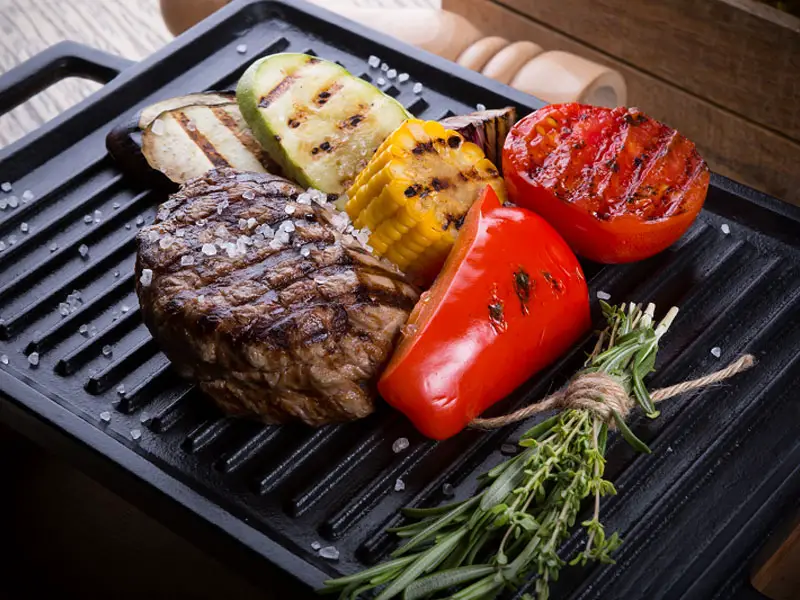
Beefsteak tomatoes are not only tasty, but they are good for your health too.
Beef tomatoes are similar to other tomatoes from the family as they have a high content of vitamins and fiber.
They have very high nutritional value, especially when freshly harvested.
Tinned, roasted, or boiled tomatoes, all of them count and are essential for a balanced diet.
Tomatoes also contain lycopene, an antioxidant ingredient that provides you with health benefits, including sun protection, lower risks of heart disease, and some research suggests that it can lower cancer risk.
Beefsteak tomatoes are not very commercialized, so growing in your garden will fill you with pride, satisfaction, and not to mention tasty ingredients to use for dinner!
Beefsteak Tomato Pests, Diseases, and Problems
Beefsteak tomato plants are less prone to pests and diseases than other tomato species. However, they are not immune to it.
Make a routine to check for pests and diseases and treat the plants straight away on first apparitions.
Beefsteak tomatoes are most commonly affected by pests like tomato hornworms, aphids, rodents, and flea beetles.
Remove aphids by spraying the plants with a stream of a soapy mix.
Remove beetles (eggs and larvae) by handpicking and destroy them.
If the infestation is severe, then the use of chemical insecticides is necessary.
Some of the fungi that spread diseases on the plants are early blight and late blight.
These fungi attack all parts of the tomato plant (stem, leaves, and fruit).
They may not kill the plant, but the production of fruit is significantly compromised.
These diseases are commonly present in areas with warm, wet, and humid conditions.
Prevent events of disease attacks such as blossom end rot by watering the tomato plants in the morning, moistening the soil instead of the leaves of the plant, and avoiding water-logging.
Top Tip: Keep the beef tomato plants free from weeds to improve air circulation and decrease the risk of fungi growth.
Beefsteak Tomato Seeds
As with most vegetables, the choice is greatly increased if you decide to grow from seed.
Get your quality seeds from your trusted supplier.
Some people save those from their actual fruit without washing them and just plant them straight away, which is as effective as buying seeds.
FAQs
Is it possible to grow beefsteak tomato plants in my garden?
Yes! It is very possible provided you use adequate size containers or on the ground if you have the space.
The plants are robust, so their stem will need the support of sticks to develop healthily.
What defines the size of beefsteak tomato fruit?
The seeds play an important role when deciding the size of the plant and the fruits you want to obtain after harvesting.
Determine seeds are genetically modified to have a limited growth (heigh, flowers, and fruit), making them ideal for growing in containers when space is an issue.
Indeterminate seeds, on the contrary, will continue to grow throughout the season, and their plants are thick and bulky.
How many varieties of beefsteak tomatoes are out there?
There are five classes of beefsteak tomatoes. They are as follows:
- Big Beef
- Heirloom Beefsteak
- Brandywine
- Beefmaster
- Cherokee Purple.


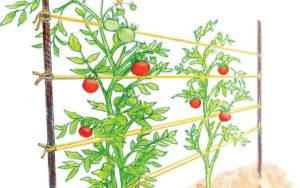
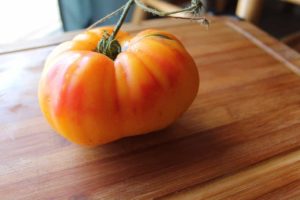



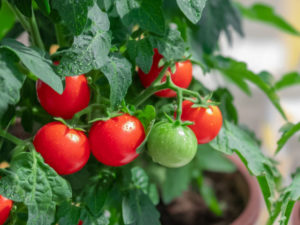
very nice post thank you